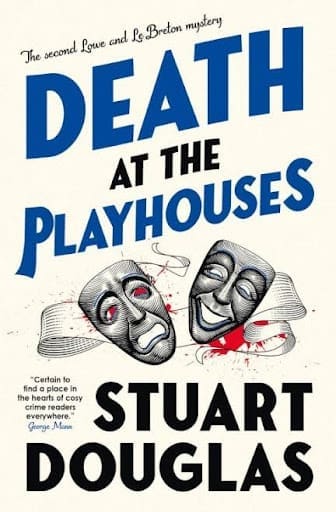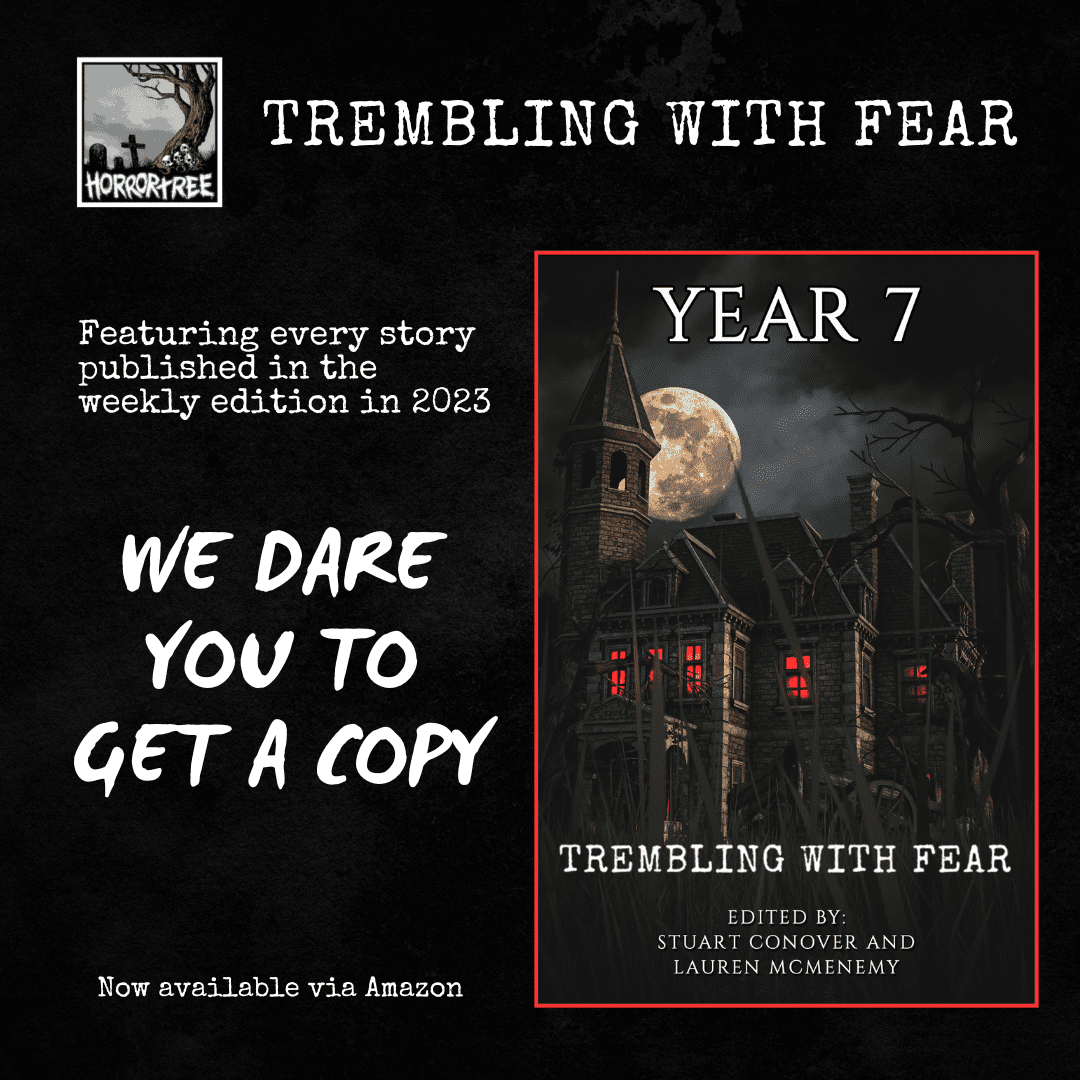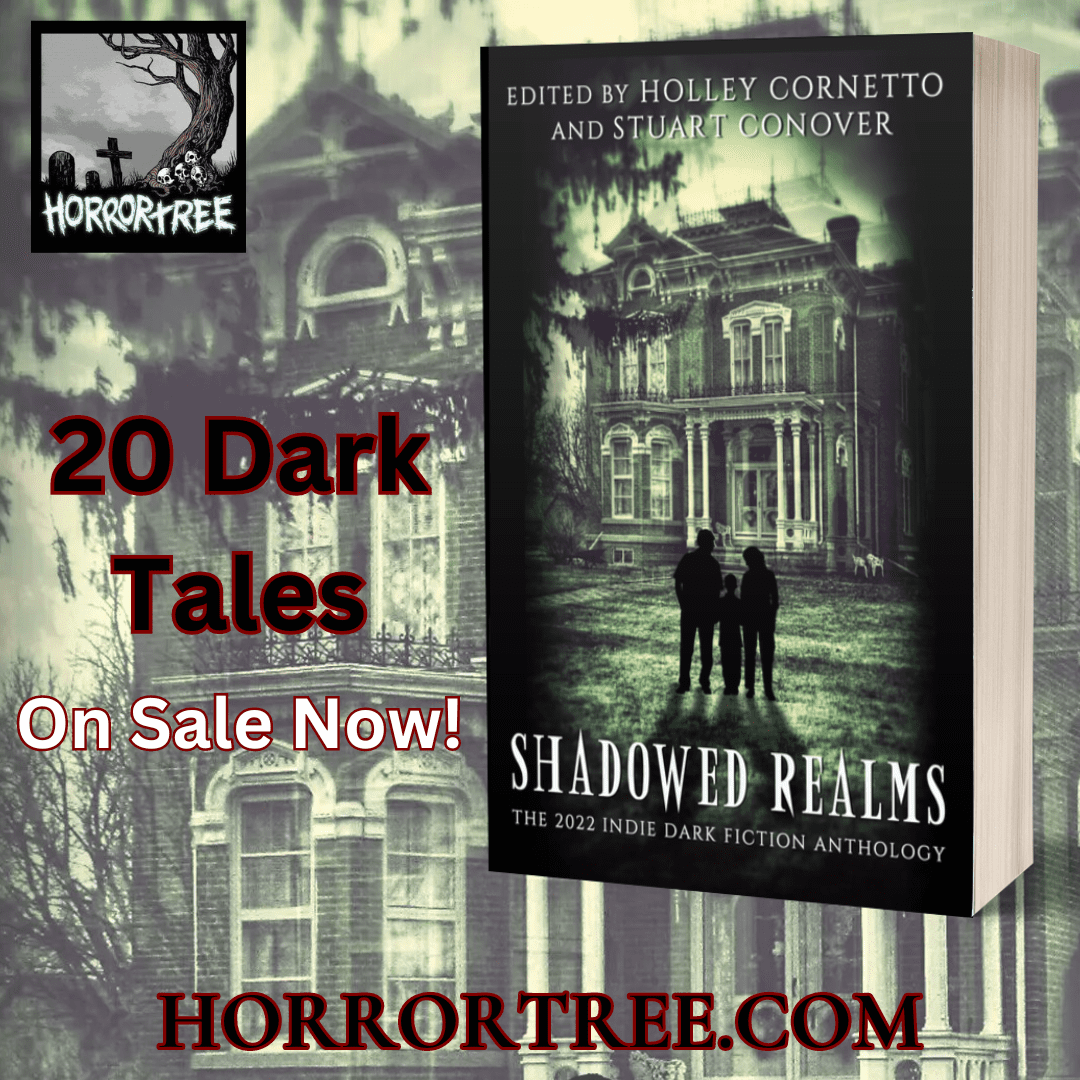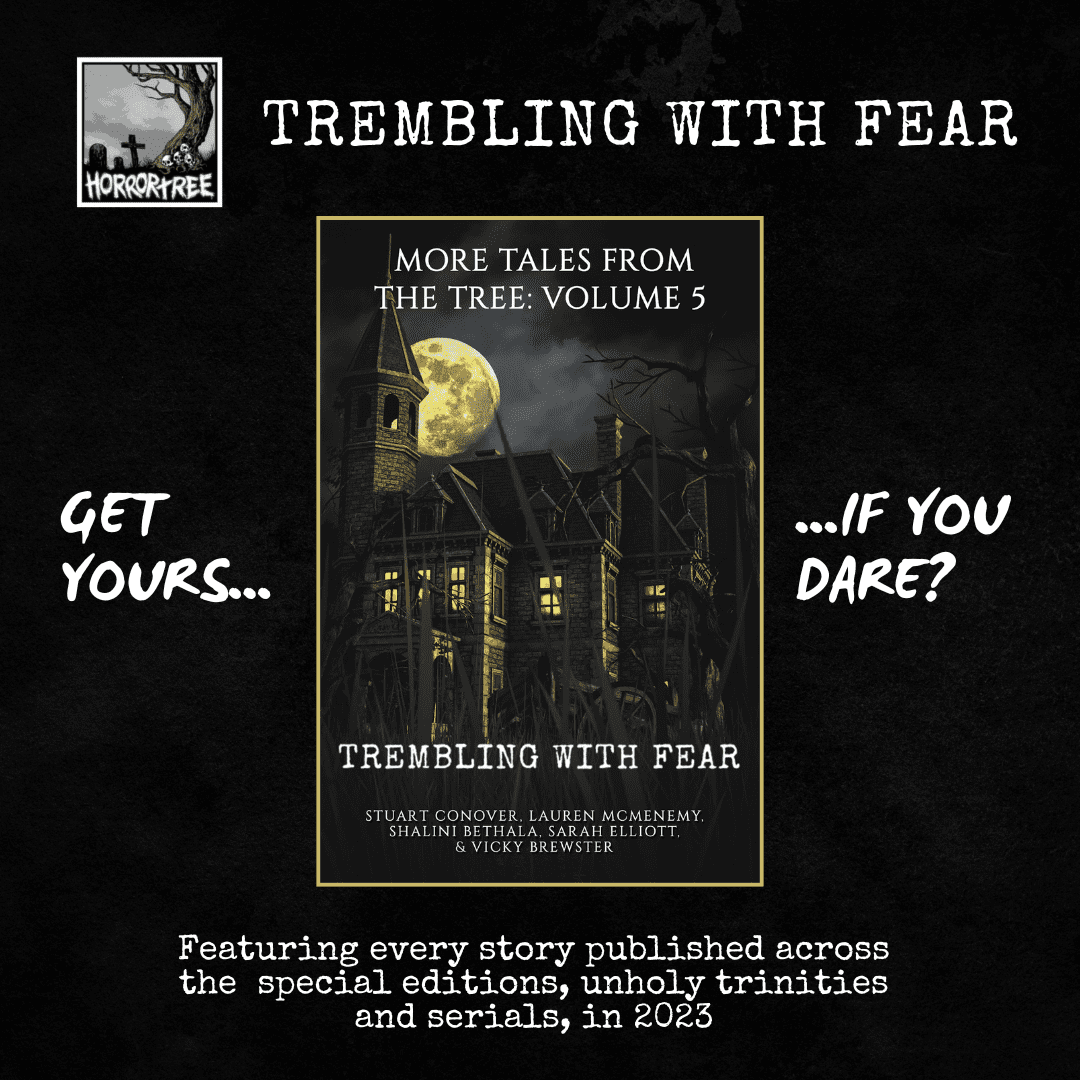Epeolatry Book Review: Death at the Playhouses by Stuart Douglas

Disclosure:
Our reviews may contain affiliate links. If you purchase something through the links in this article we may receive a small commission or referral fee. This happens without any additional cost to you.

Title: Death at the Playhouses
Author: Stuart Douglas
Genre: Crime Fiction
Publisher: Titan Books
Publication date: 18th March, 2025
Synopsis: A second witty, fun, 1970s-set whodunnit in the Lowe and Le Breton mysteries series, featuring two ageing actors attempting to solve a murder after their famous co-star is found dead in a doorway outside the theatre in which they’re performing. Nostalgic cozy crime that’s perfect for fans of The Thursday Murder Club and Death & Croissants.
It’s 1971 and, in between filming seasons of Floggit and Leggit, ageing actors Edward Lowe and John Le Breton sign up for a short run of Shakespearean tragedies at the Bolton Playhouse. But, once in Lancashire, they discover they have been invited to join the theatre’s repertory company for two reasons – because the company manager is keen to take advantage of the publicity surrounding their successful BBC comedy series, and because Sir Nathaniel Thompson, the much-lauded star of the show and knight of the realm, has been sacked for drunkenness.
John fears an awkward scene, should Thompson – who he knew during the war – return to reclaim his job, but when the great actor’s body is found, bludgeoned to death in a nearby alleyway, the unlikely crime-solving duo find themselves investigating another fiendish mystery that takes them from the northwest of England to the Netherlands, and which, rather inconveniently, seems to have John’s ex-wife Sally at its heart.
Death at the Playhouses is the second in The Lowe and Le Breton Mysteries series.
Writing this review was a little bittersweet. That’s not to say I didn’t like this book. I appreciated that it was set in the theatre world, mainly because I practically grew up in a stage theatre myself. My mother was an actor here in the U.S., and I spent a lot of my childhood being very, very quiet in green rooms while the show was up. And I got to go to the afterhours bar with her and her stage family, which was a treat—that and the Manhattan-boozy maraschino cherries she gave me from her drink. While I wasn’t very comfortable on stage, I did get drafted to be a “techie”; tasked with everything from building sets to running lights, manning the spotlight, and even being trusted to cue the sound—from a cassette tape, no less! Even with all this nostalgia, this book might have fallen prey to a bit of “been there, done that” feel, but luckily for me, it was set in Lancashire, which provided a welcome novelty to this drama-ridden murder mystery.
And that’s what made this read bittersweet, as I learned not too long ago that my mother had been invited to join the Royal Shakespeare Company. At odd times, including during the first few pages of this book, I had this “what if” sense of sadness creep over me. Fortunately, Death at the Playhouses’ charm and quiet humor chased away the blues. Because the show must go on, even in the face of regret and murder and the challenging nature of thespian friendships. I loved the set-up and all the twists and turns that kept me guessing (and turning pages well past my bedtime) and I was pleasantly surprised by the denouement when the masks came off and the murderer’s identity and motive was revealed.
If I had any sort of critique about this book, it would be that I wanted a little more stage dressing to really give me a opportunity to experience both England in the 1970s and a more immersive journey through the atmosphere of the stage theatre during that time and place (sights, sounds, evocative details exclusive to stage life). I sometimes forgot I was reading a tale set in the 70s. Also, perhaps a little skeptically, I found it a little hard to believe that an actor during this time would be sacked for drunkenness (as mentioned in synopsis above), as I had the impression that because drinking was so widespread and commonplace, it was also equally as standard for actors with drinking problems to have several different methods and strategies of “intervention” that were employed by the theatre’s cast and crew alike. This seems to be glossed over a bit in the book, but I think I wanted a bit more background and history to make it more plausible.
That’s not to say I didn’t enjoy it—in fact, I am even more keen to pick up this series “opening act” (Death at the Playhouses is the second book in the Lowe and Le Breton mysteries), the Death at the Dress Rehearsal.
Here’s hoping this series has a long run and receives many more “standing o’s”. The play’s the thing, after all!
![]()
![]() /5
/5












